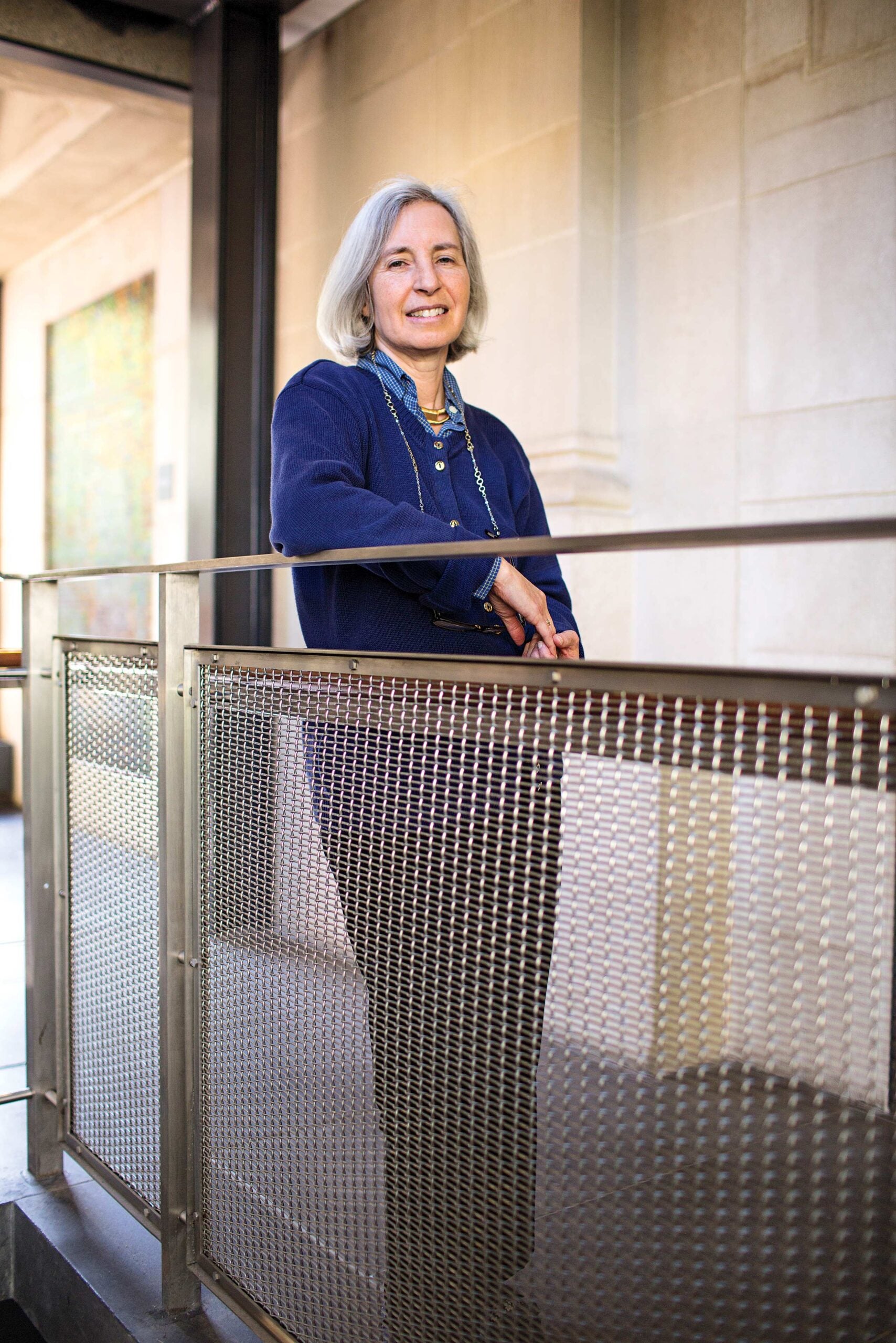Harvard Law School is becoming a “laboratory”—or, more accurately, a collection of laboratories—where theory meets practice. For example, we now have the Food Law Lab, the Systemic Justice Lab, the Global Anticorruption Lab, the Labor & Employment Lab, and the Library Innovation Lab. In these initiatives, students, staff and faculty work concretely on new solutions to ongoing challenges. Similarly, Clinical Law Professor Robert Greenwald leads the School’s Center for Health Law and Policy Innovation in practical research, policy construction, litigation, and public education as illustrated in this issue. This spring, HLS’s Petrie-Flom Center for Health Law Policy, Biotechnology, and Bioethics reviewed its initial 10 years of pathbreaking practical work and sketched new ideas for what comes next. The Berkman Center for Internet & Society is leading intensive hands-on efforts to advance knowledge, creativity, and a healthy exchange of digital information—and to navigate tensions between privacy and security, as explored in our story.
The School offers our students chances to undertake legal work and to develop proposals for change in the world—and also chances to bring about change right here at HLS. Earlier this year, some students pressed for reconsideration of the HLS shield. Adopted by the Harvard Corporation in 1937, it was based on the family crest of Isaac Royall Jr., the son of an Antiguan slaveholder. Royall’s bequest helped to endow the first professorship of law at Harvard. I created a committee to examine the issue and recruited faculty and alumni to serve alongside student representatives and staff, selected by their own communities. The Harvard Corporation accepted the committee’s recommendation; you can read more about the process, and the report and separate opinions. Notably, The Harvard Crimson, while disagreeing with the result, heralded the process: The experience afforded over 1,000 people a chance to participate in deliberations over our symbol and framed discussions that will continue as we review our past and rededicate our future.
Our past and our future require continuing focus on contemporary issues of racial justice, including in the area of criminal justice reform. An initiative of the Harvard Negotiation & Mediation Clinic designs better practices bridging police and communities, as reported here. Through our programs of research, service, and instruction in criminal justice—including the Criminal Justice Program of Study, Research and Advocacy; the Criminal Justice Institute clinical program; the U.S. Attorney Clinic; the Charles Hamilton Houston Institute for Race and Justice; and the Trial Advocacy Workshop—more and more of our talented faculty, staff, and students are engaged in vital efforts. Alumnus John Cranley ’99, mayor of Cincinnati, has demonstrated the benefits of a police-community accord for over a decade, as described in our story. For more than half a century, Professor Phil Heymann ’60 has infused HLS with the commitment to push for smarter policing and better approaches to cybersecurity and terrorism while modeling a life of public service and inspiring generations of students. We celebrate Phil’s decades of work as he retires from teaching to spend more time writing, advising and reforming. We also mark the legacy and contributions of Justice Antonin Scalia ’60, one of the most significant jurists in United States history, with reflections of those who knew and worked with him. And the nomination of Judge Merrick Garland ’77 to serve as Justice Scalia’s successor stands as a superb recognition of his distinguished accomplishments and powerful talents.
As this edition went to press, we learned of the passing at age 98 of HLS Professor Emeritus Victor Brudney, whose career spanned between the New Deal (when he was a young lawyer) and the beginning of the 21st century, when he retired after teaching many generations of students. His influential teaching and scholarship inquired into fundamental fairness, equality, and freedom in the worlds of corporate law and finance. See our coverage online and look for more in the next issue.
